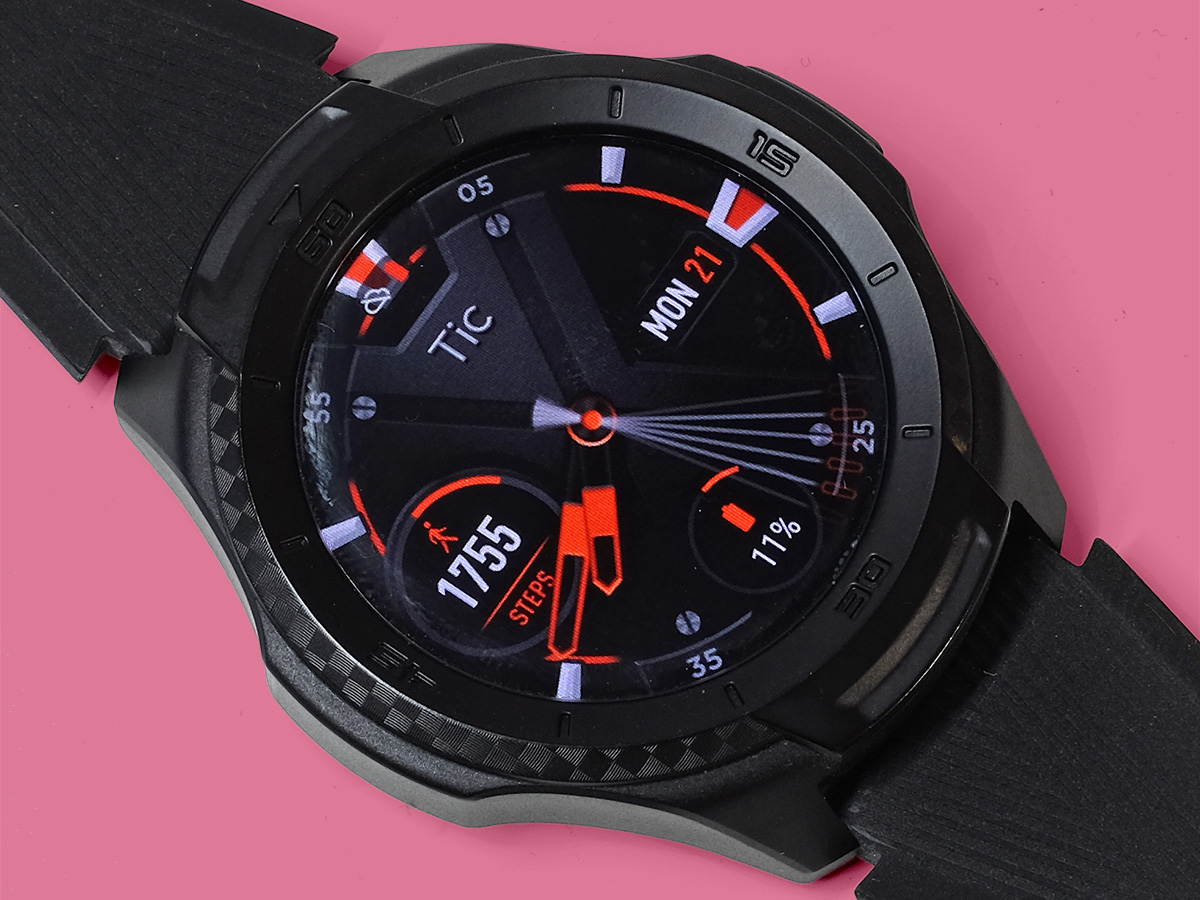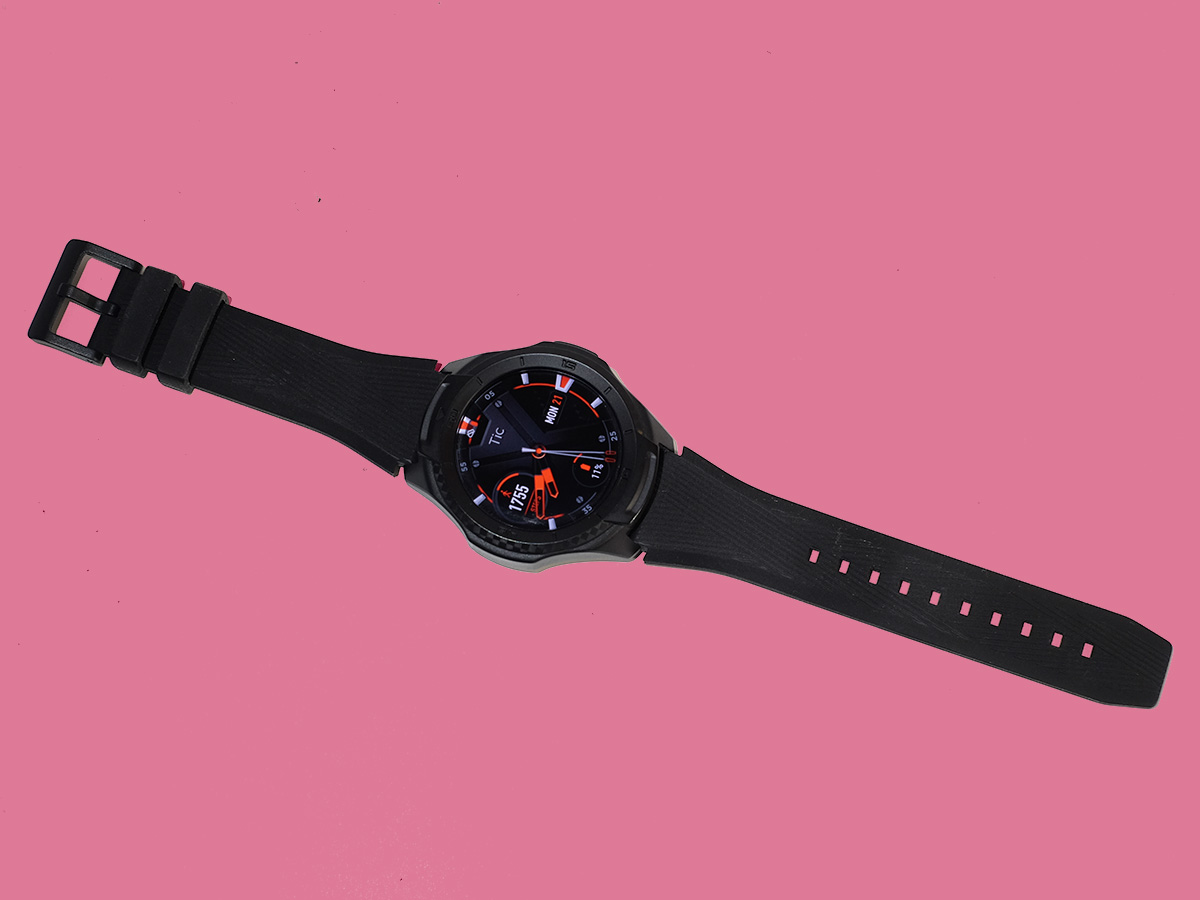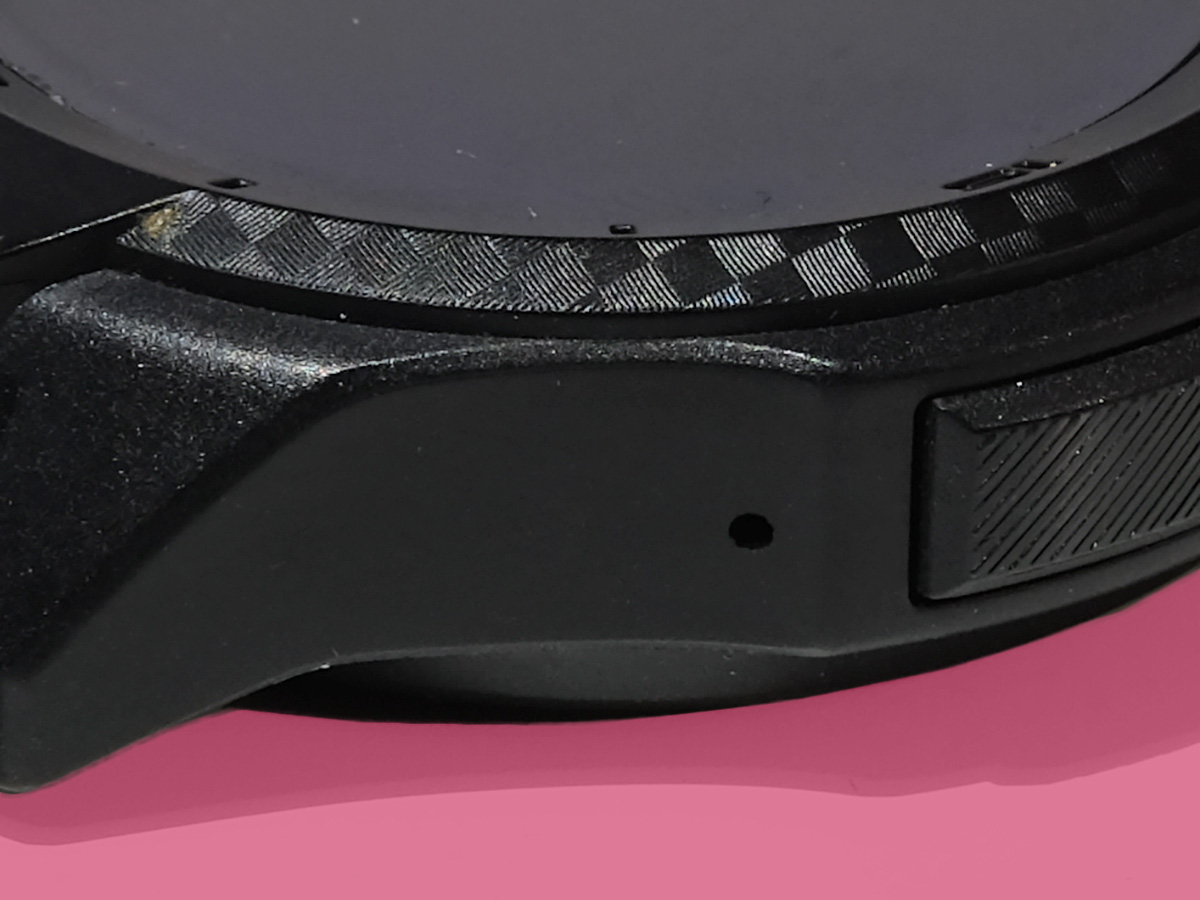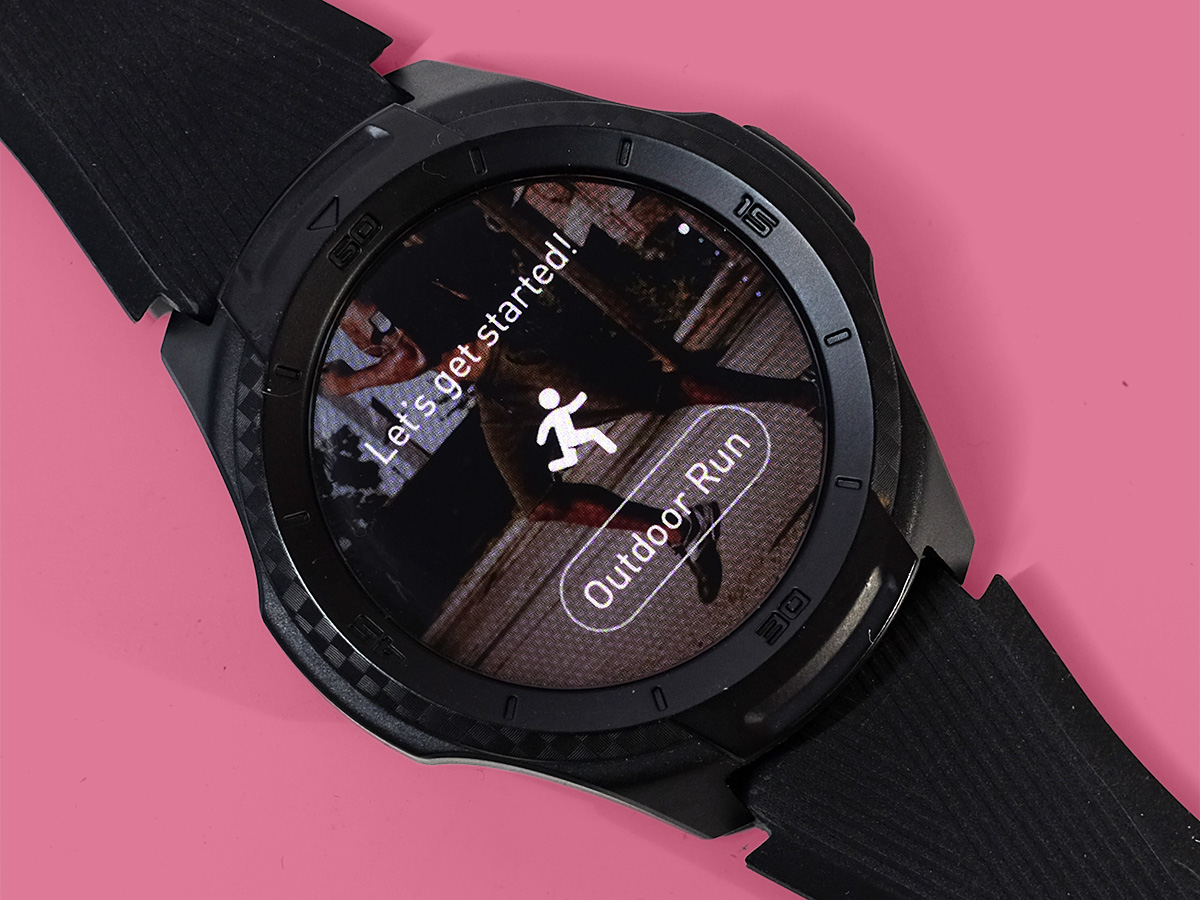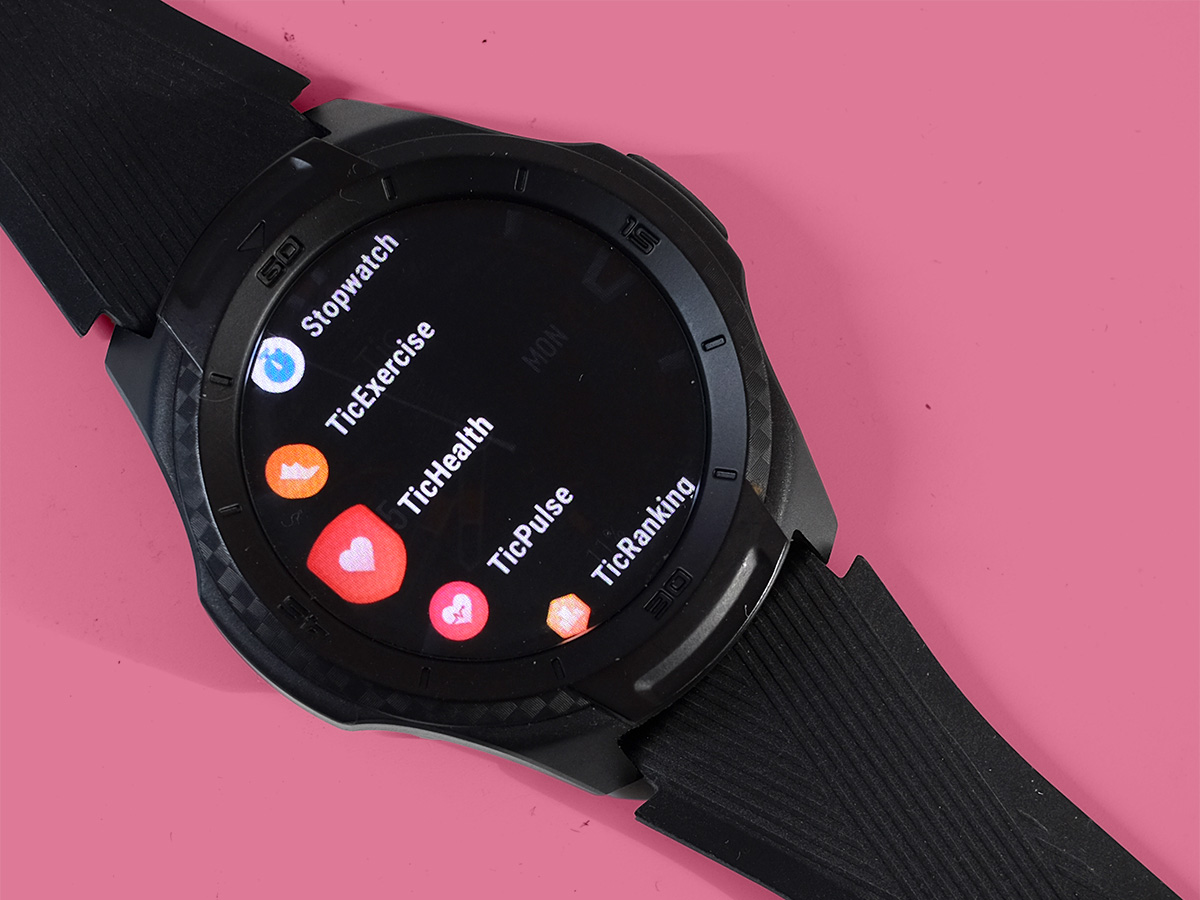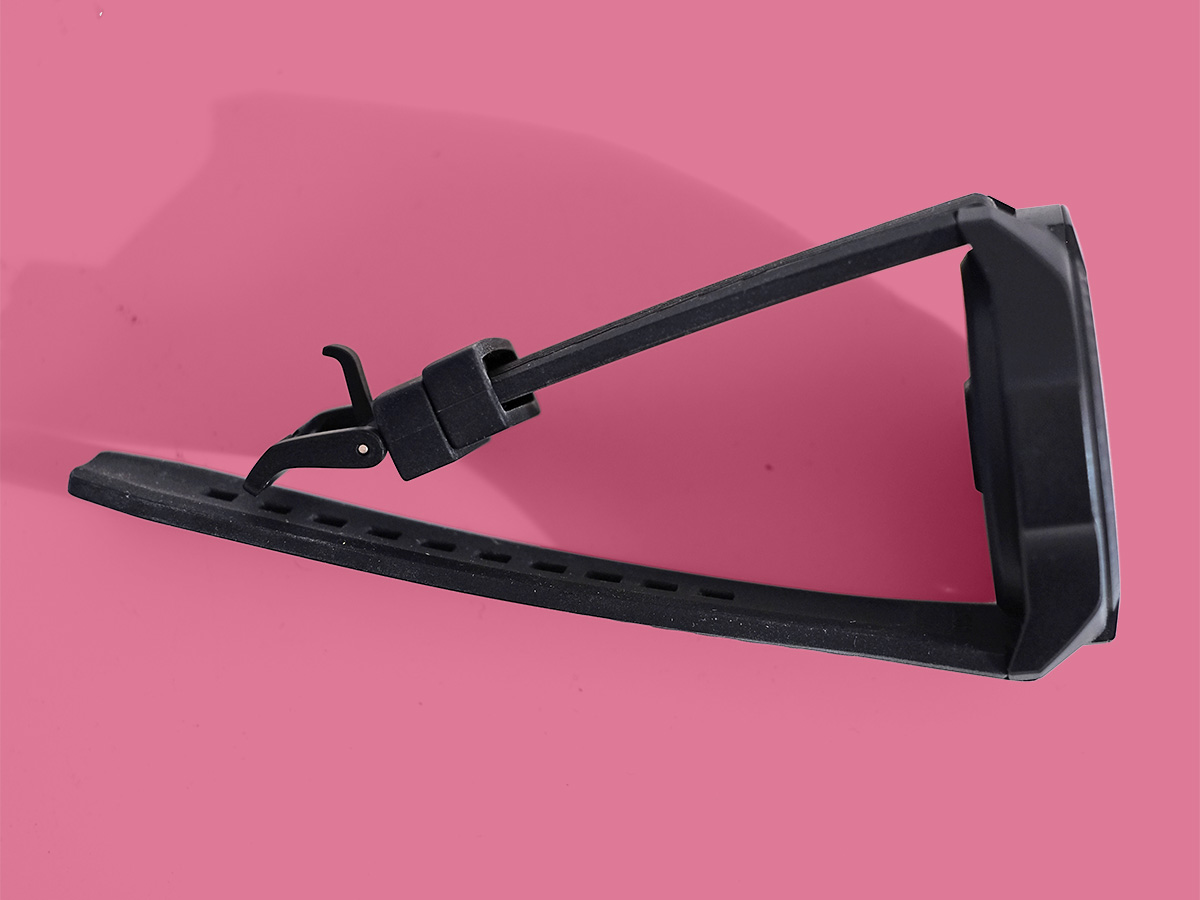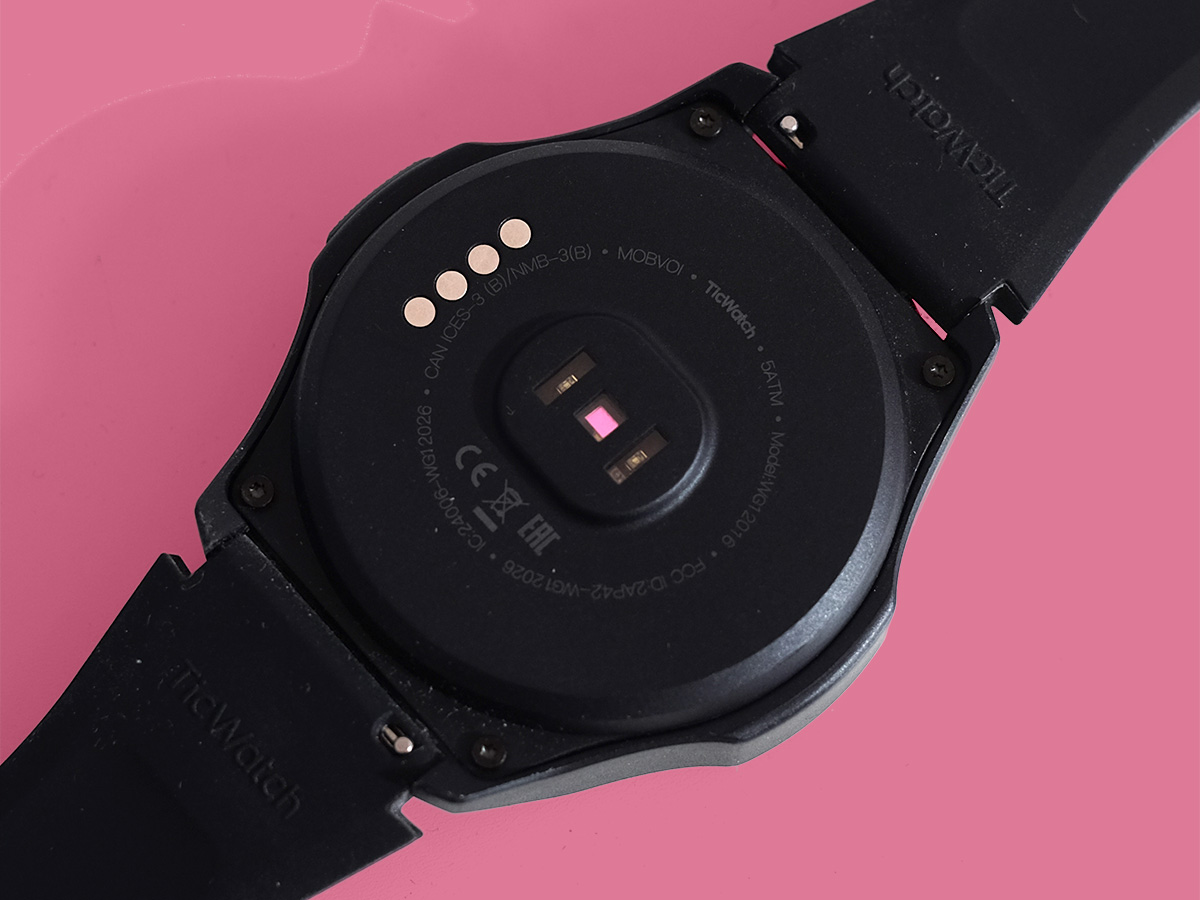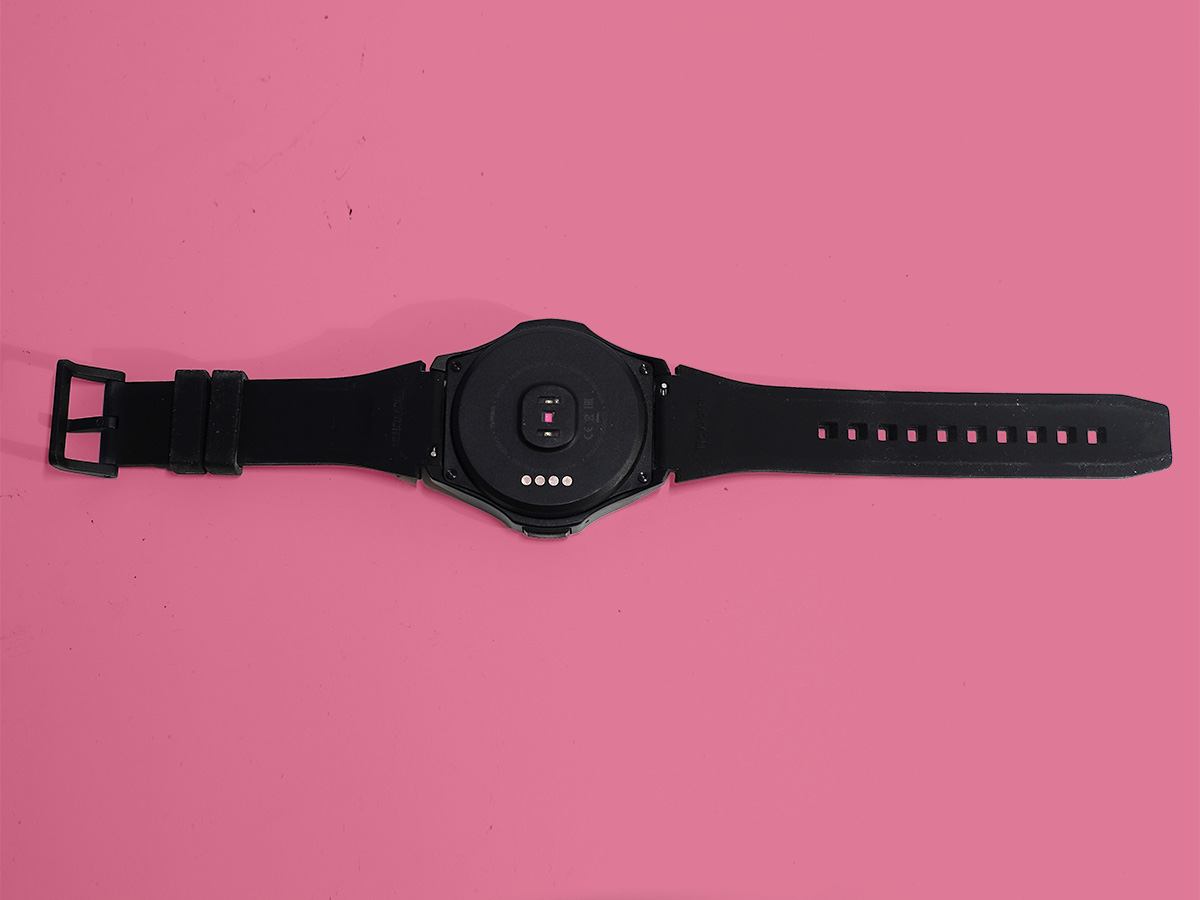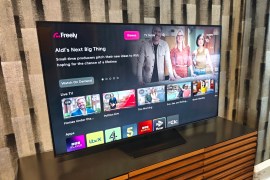TicWatch S2 review
With an affordable price tag, will the S2's features and performance hold up?
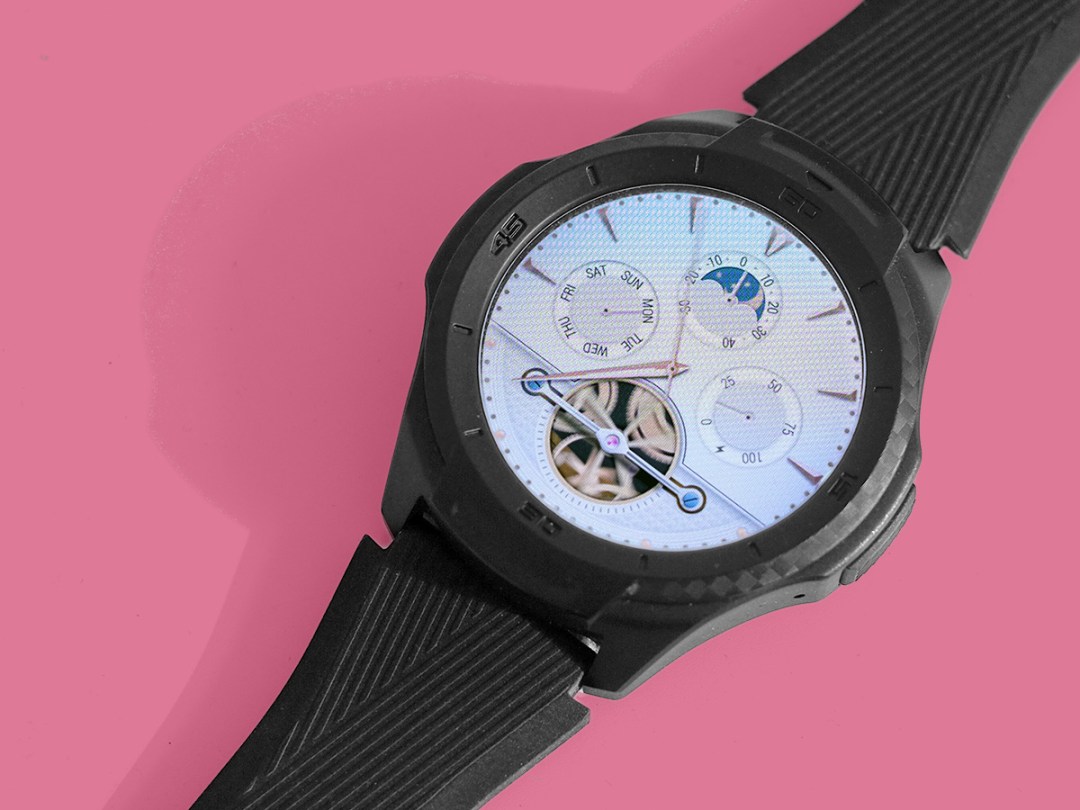
The appeal of the Ticwatch series boils down to one thing: money.
Its watches cost £150-170, £100 less than the Huawei Watch 2.
You get almost every feature you could ask for at the price. The Ticwatch S2 has GPS, a heart rate sensor, better-than-average battery life and 5ATM water resistance.
However, it’s also one of the least refined-looking WearOS watches around. And now the Fitbit Ionic and Huawei Watch GT have shown how good at fitness tracking a breezy, lower-tech smartwatch can be, the Ticwatch S2 is a reminder Wear OS can be hard to live with.
Design: Chunky casing
You can think of Ticwatch as the OnePlus of smartwatches. It gets you most of the same specs as the big names for less cash.
One of the most important parts of a watch, its design, doesn’t really enter the equation here, though. The Ticwatch S2 has a sensible, practical casing, but it won’t turn many heads. Apart from people asking why you have such a monster on your wrist.
The case is plastic. Bezel, back and sides are all polycarbonate. It’s not flashy. It’s not shiny. And the checkerboard pattern around the outer part of the bezel seems a little cheesy, rather than the high-end look Mobvoi was probably aiming for. That’s the company behind Ticwatch, by the way.
You can’t argue with the pragmatism of plastic, though. This isn’t flimsy, flex-prone stuff. It is similar to the polycarbonate used in some of Garmin’s chunkier watches, and the bezel is deliberately built up to avoid damage to the screen glass.
There’s another option too, the Ticwatch E2. This has the same core features, but looks more like a smartwatch, less like a high-end sports watch. It’s a bit cheaper too, so may be the better choice if you don’t want a super heavy-duty feel.
It just misses out on the S2’s military spec testing for shock, temperature and pressure. The complaints about the look and the plastic still mostly apply, though.
What are those hardware features the two models share? Ticwatches now have 5ATM water resistance, meaning you can swim and shower wearing one.
The strap is removable too, using little release levels on the back of each half. And the popular Snapdragon 2100 CPU makes Wear OS run well in both cases.
A good price, not dynamism, is Ticwatch’s game. But there’s no truly exciting stuff here. The bezel doesn’t turn, and there’s just one button on the side. It’s about as close as you’ll get to a “generic” Wear OS watch.
Screen and Features: Picture pixels
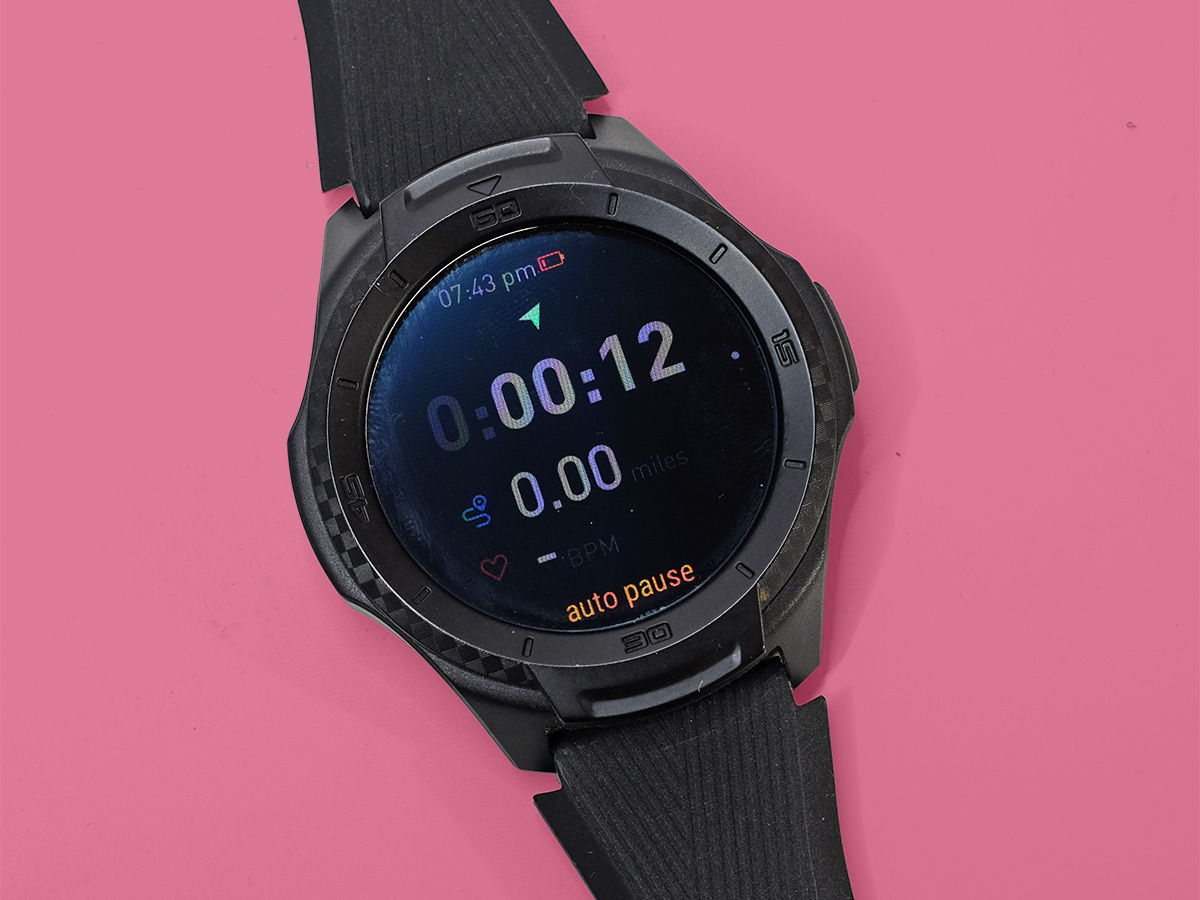
The ho-hum hardware is also paired with a screen that looks better on paper than in person. This is a full round OLED display with 400 x 400 pixel resolution.
It’s 1.39in across. All those pixels in such a small space sounds brilliant, right?
However, the pixel structure is surprisingly obvious, making the display look less clean and pristine than the Huawei Watch GT‘s.
No-one is going to be convinced into thinking a Wear OS watch is a real watch. But now we’re several generations into the modern smartwatch game, we expect a certain panache the Ticwatch S2 lacks.
There’s also no light sensor behind the screen, used to jack up the brightness when you take your watch outside. It’s an unfortunate casualty of cost-saving, as many may just end up assuming their watch isn’t that bright. This screen can go super-bright, but you need to flick down from the watch face and tap a few buttons to change the level.
As an OLED screen, colours are punchy and contrast is great. But a few of the finer points have been left out.
NFC is the other obvious omission. You can’t use a Ticwatch S2 to pay for things using Google Pay. If you look at people who use a smartwatch to pay for their chocolate croissants with contempt, EarPods dangling from their ears, maybe this isn’t a great loss. But bear it in mind.
On the fitness side the Ticwatch S2 goes way beyond the basics, though. And it’s where the appeal of a keenly priced watch like this starts to kick in.
The Ticwatch S2 has both a heart rate sensor and GPS, the two fundamental features for any watch used for serious run-tracking.
There’s no altimeter, so you won’t see the number of stairs climbed like some fancier Fitbits, but if you’re working up to a 5K or an ultramarathon, GPS is what you need.
Apps: Fitness features
Mobvoi also adds its own fitness-tracking apps, alongside Google’s own. Theses are TicExercise, TicPulse, TicHealth and TicRanking.
TicExercise is the most important. It’s much like Google Fit. You use it to actively track your exercise: running, walking, treadmill runs, cycling, freestyle exercise (HR tracked) and pool swims.
Using the run tracker part of the watch app, you always see the time elapsed. Other stats are displayed below. Flicks across the screen cycle through other details like your heart rate, distance, pace and calories consumed. It’s a perfectly solid interface for running.
All the data collected then ends up in the Mobvoi app on your phone. This is a fitness tracker app that does the usual job of showing your steps, your heart rate during exercise, maps of your runs and so on over the days, weeks and months.
Of course, Mobvoi doesn’t really have a hope of challenging Fitbit, Strava, Runkeeper or Garmin on this front. Those companies have developed their apps over years, piled a ridiculous amount of work into them. This app is passable, it does the job.
But the big names are better. Some let you dig deeper into your fitness stats than you can here and others are prettier or more motivating. And the TicRanking on-watch app is just a slightly creepy way to see the stats of other nearby Ticwatch users. But, hey, the software works. Mostly.
At launch you don’t seem to be able to turn 24/7 heart rate tracking on. It only tracks when you use the simplistic spot reading Pulse app or manually track exercise. By the time you get hold of a TicWatch S2 this will probably be fixed, though. Mobvoi has also put ads, for its own gear, in its app. A pretty tasteless move.
We came across a few little blips during tracking too. Exercise HR tracking is mostly sound, aside form the odd minute where the Ticwatch S2 lost track of the pulse and ended up playing join-the-dots on the resulting HR graph.
Again, Mobvoi says it’s working on an update. There are no such problems with the GPS. It seems accurate, and hasn’t lost signal during exercise once to date.
A few little niggles aside, the TicWatch S2 has the makings of a great little training watch. However, we’d advise ditching Mobvoi’s own software.
The app lets you migrate your data over to Google Fit, Runkeeper and Strava. This is a good option if you like the TicWatch exercise screens on the watch itself, but would rather use a more polished app.
Battery Life: Here today, gone tomorrow
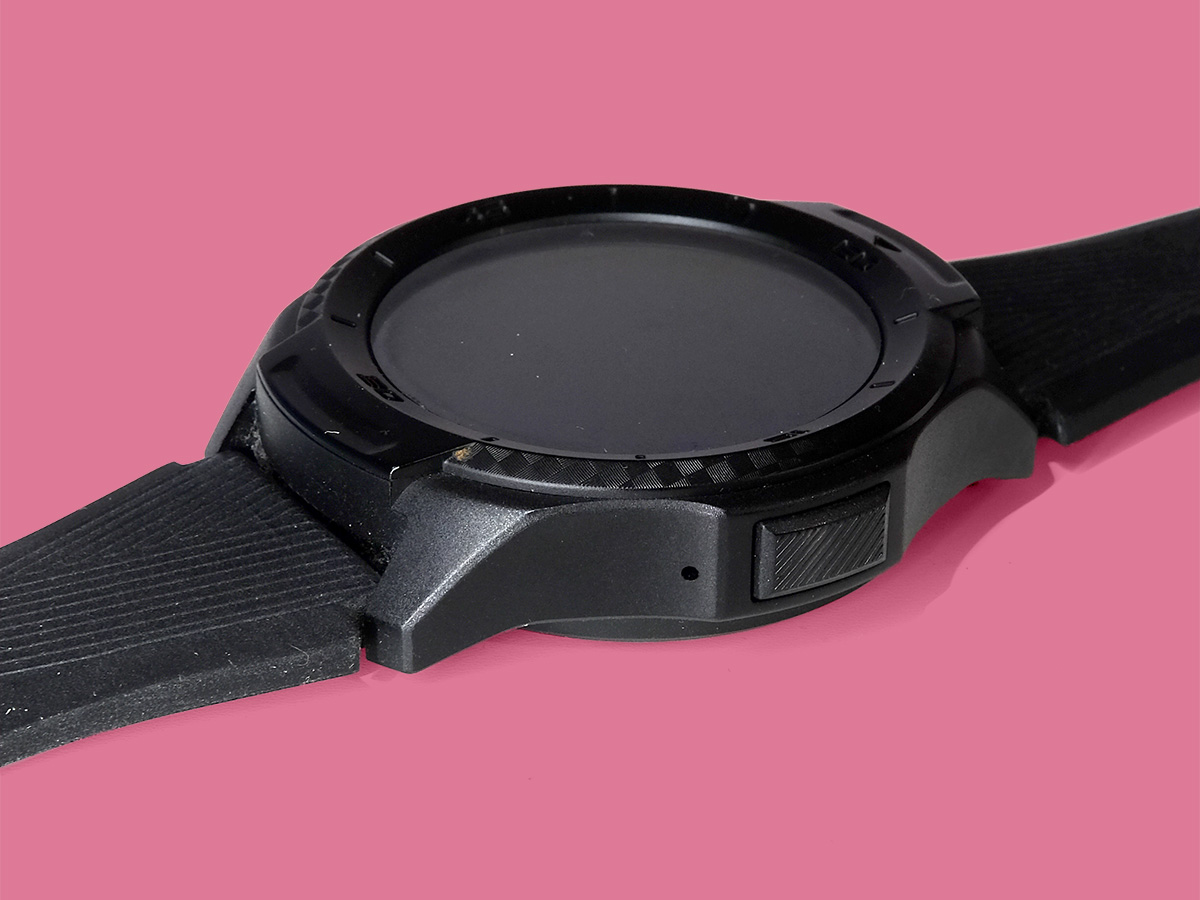
And battery life? Claiming any Wear OS watch has good battery life is like telling someone the disease they contracted “isn’t that bad”. But the 415mAh battery of the Ticwatch S2 gives it better stamina than some.
You can expect it to last around one full day and then roughly two-thirds of the second before the screen sputters off into blackness. This is with notifications, but no GPS-tracked runs or active use of any apps.
In real-world terms this is pretty bad. But it’s actually up there with longer-lasting Wear models like the Huawei Watch 2. Still, using the Ticwatch S2 makes us miss the Huawei Watch GT and Fitbit Versa.
To recharge, you just slot the watch onto a magnetised dock. There’s no wireless nonsense here, just a dock that slots into place with the help of some pronounced ridges.
That’s much better than a fancy induction pad that leaves your Ticwatch in danger of slipping off if it’s left on a gradient of more than three degrees.
Ticwatch S2 Verdict
The Ticwatch S2 is one of the best-value Wear OS watches around. A heart rate sensor and GPS make it seem ready for prime time fitness tracking.
However focusing on exercise highlights that the Ticwatch S2 is more of a pain to use than the Fitbit Ionic, Samsung Galaxy Watch or Huawei Watch GT.
Battery life isn’t bad for a Wear OS band, but it’s still dismal. And this thing is largely a style vacuum, which is a bit of an issue for a watch.
Stuff Says…
One of the best value Wear OS watches around, but something this high maintenance needs to make you want to wear it more
Good Stuff
Compelling price
Has GPS
5ATM water resistance
Bad Stuff
2-day battery life at best
No auto display brightness
No NFC (wireless payments)
Not stylish, is it?
